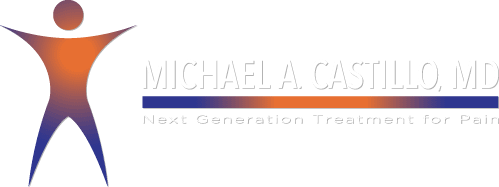Post-Stroke Shoulder Pain Reduced with Peripheral Nerve Stimulator
Clinical results reported at the 2017 North American Neuromodulation Society meeting show that peripheral nerve stimulation can help stroke patients. And that peripheral nerve stimulation provides meaningful relief for people suffering from post-stroke shoulder pain (PSSP). Post stroke shoulder pain is experienced by anywhere between 30 and 70 percent of stroke sufferers. Dr. Porter McRoberts […]
 Skip to content
Skip to content
